Bias Lives Inside All of Us
We can all be kind and well-intentioned humans.
At the same time, we can all be biased.
As humans, we generally prefer our own group, team, nation. Often, we dislike the “other” group.
But why?
What is it about our brains, our culture, and our upbringing that leads to these biases?
And does it matter?
Does bias actually shape our individual behaviors and our broader systems?
What is bias?
Bias is human.
Bias is a preference either for or against a person or group.
It feeds our natural need to belong—the result of a survival shortcut deep in our brains.
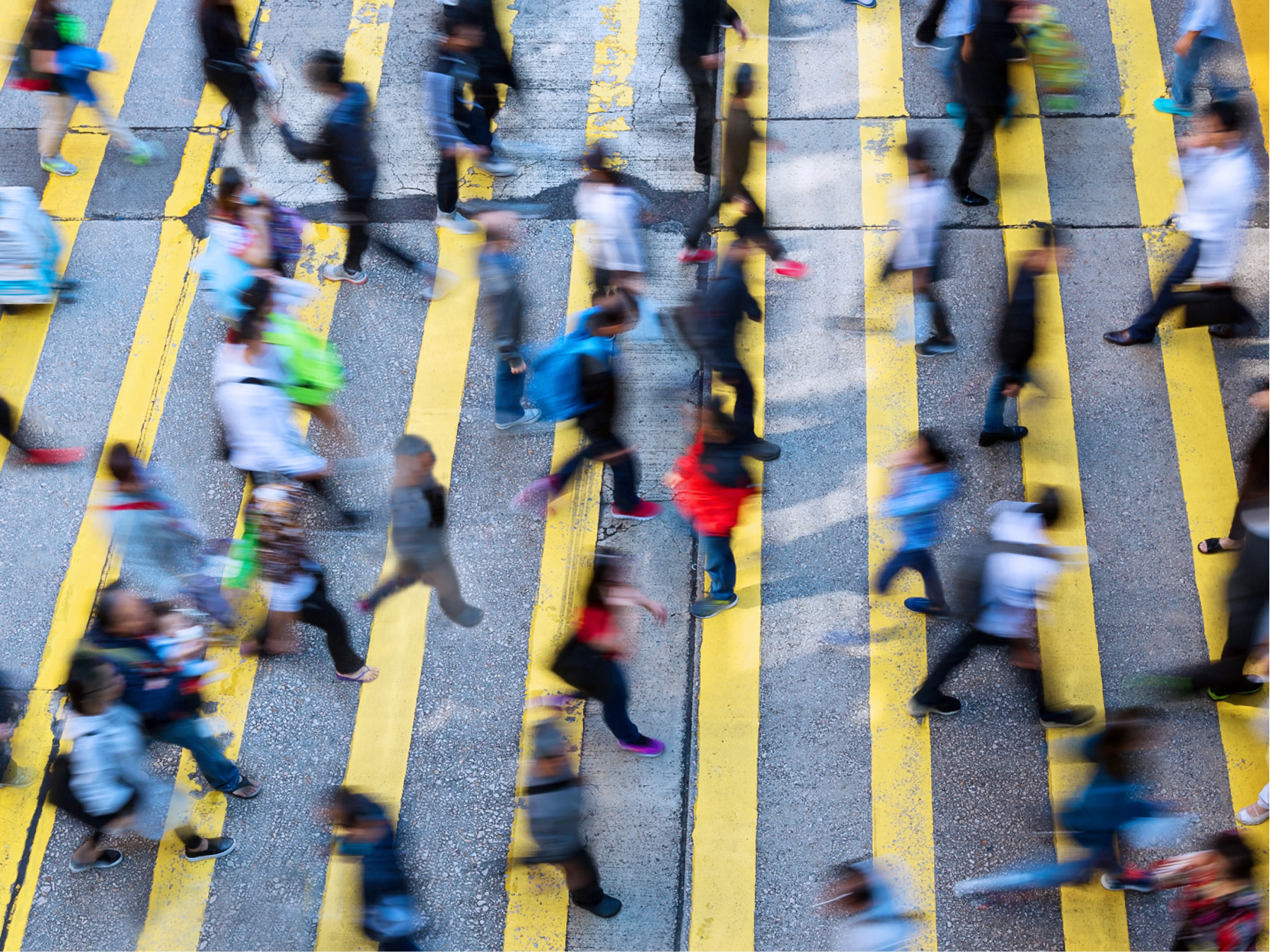
Listen In
Liking Our Own Group
Hi! My name is Dr. Tessa Charlesworth, and I am a scientist studying the nature of our mind and our social bias.
Liking our own group, or team, or country fulfills our natural need to belong.
After all, for most of human history, liking our own circle of safety provided us with an easy shortcut for human survival.
This instinct helped us quickly separate friends from foes.
The problem is that we can depend too much on these shortcuts. We can miss the ways in which these shortcuts are harming others around us.
We can all be kind and well-intentioned humans. All the while, we can also be biased.
What we need to do is recognize our biases and shortcuts.
When we recognize these automatic biases, we can disrupt them and change how we behave towards one another.
Bias shows up quickly—like an automatic spark in the brain that makes you like or dislike something. Or someone.
Sometimes this quick spark is fleeting. It feels like a whisper passing through the mind.
Other times, this quick spark catches everything else on fire. The bias becomes like a roar. The path of uncontrolled bias can lead to hate.
An animation that shows colorful sparks of bias quickly moving across the screen. One spark sticks to the ground, turns into a fire, and turns into an angry mouth that opens and closes.
Who do you trust?
Think of your top five best friends.
If you have a pen and paper, it helps to jot down their names!

Now, think about their identities.
What is each friend’s gender? Race? Religion? Age?
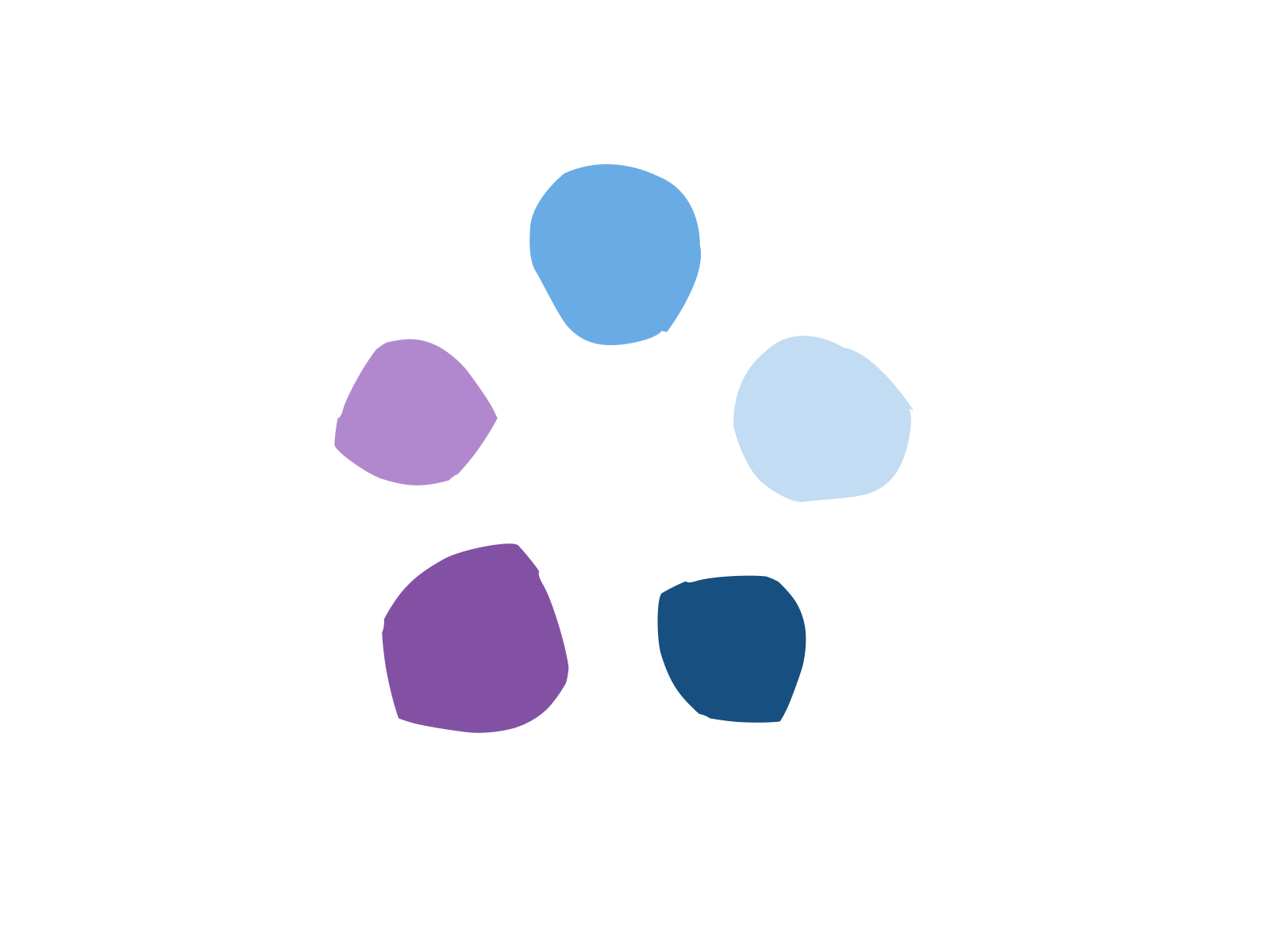
Notice any patterns?
Even with just these few social identities, you may already start to notice: our friends often look a lot like us.
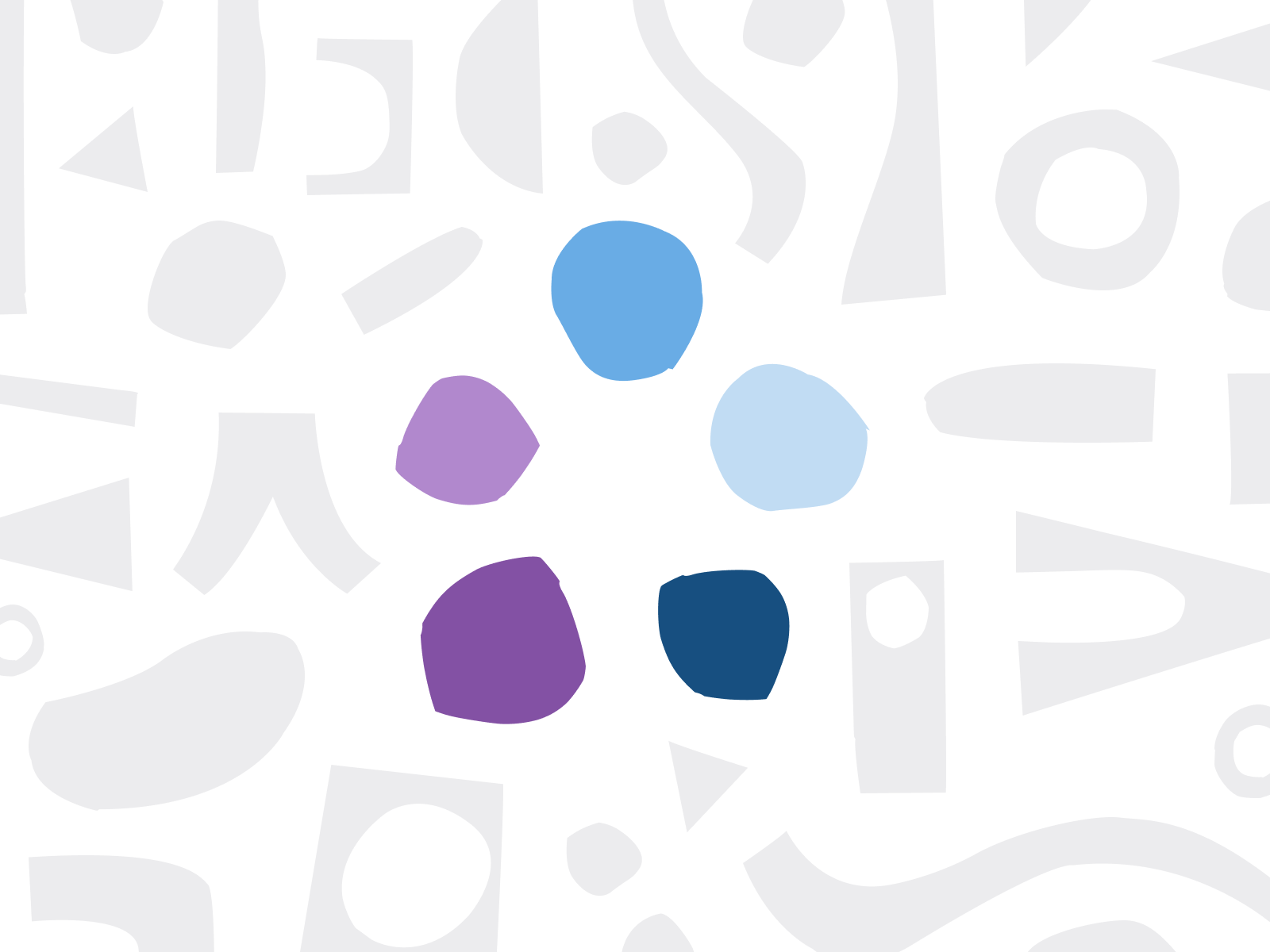
What does this mean?
This means that our circle of trust reflects a narrow facet of the vast landscape of human diversity.
With this one-sided circle of trust, we may not yet understand or appreciate other experiences or ways of living and being in our world.
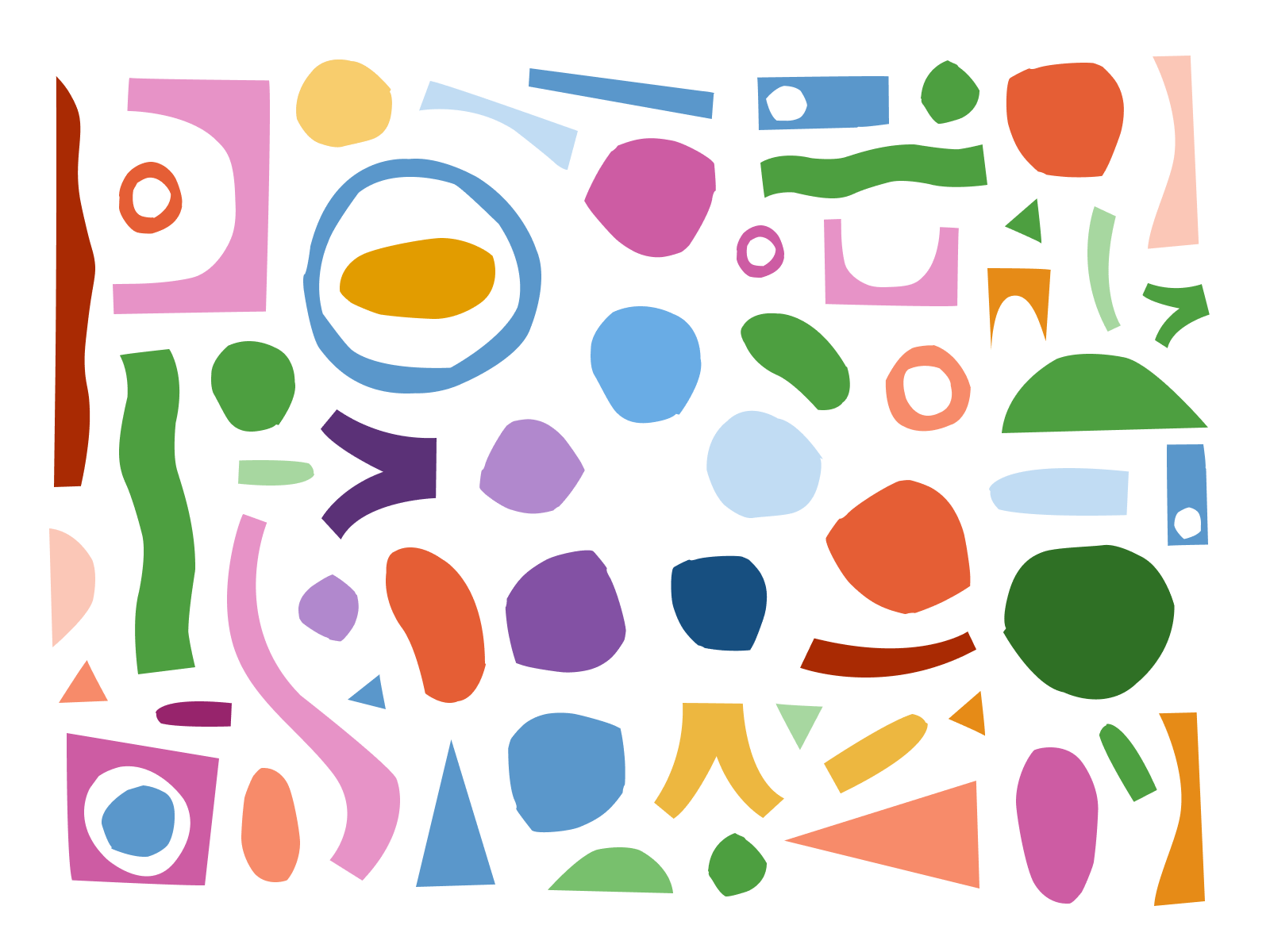
There are many sides to bias.
Stereotype
A stereotype is a belief or idea about how people will act, based on the group to which they belong.
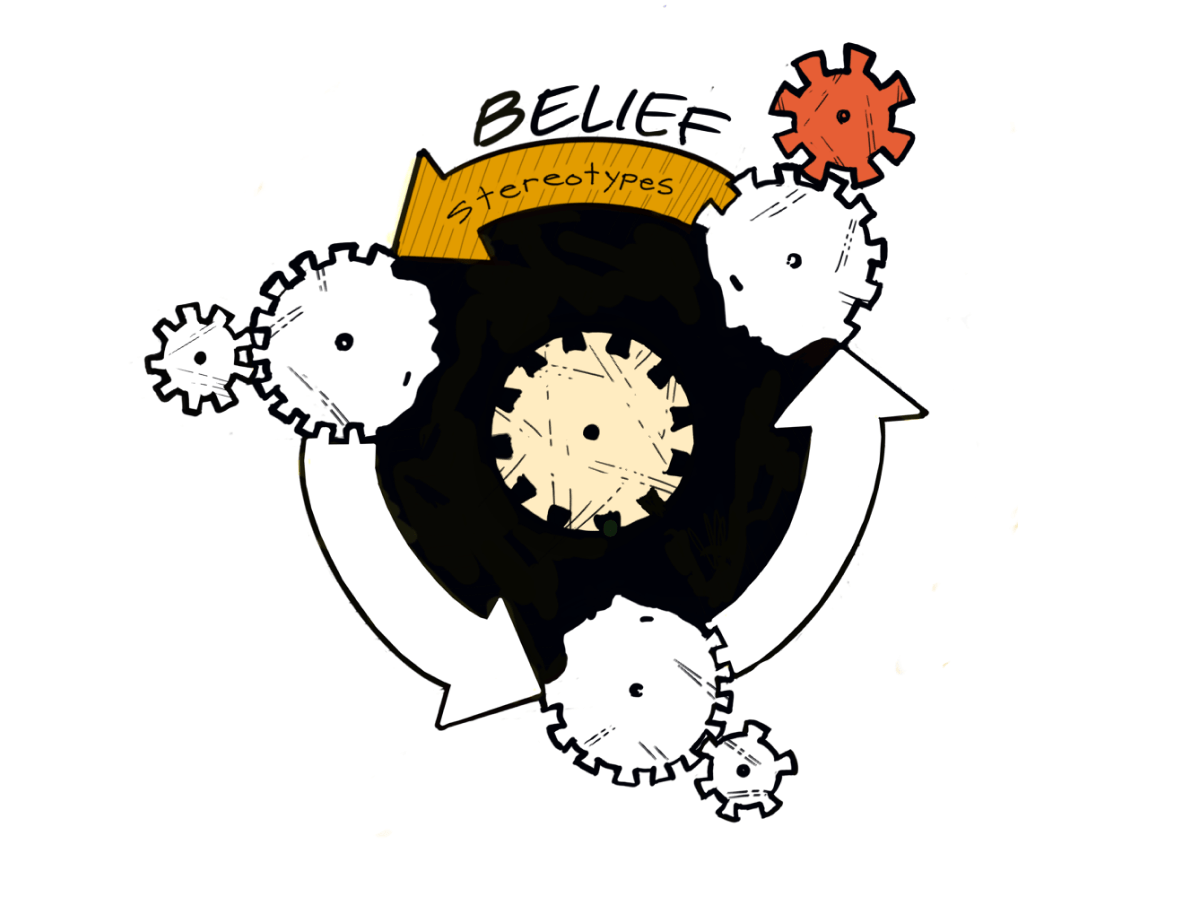
Discrimination
Discrimination is the unequal treatment of various groups based on race, gender, social class, sexual orientation, physical ability, religion, and other categories.
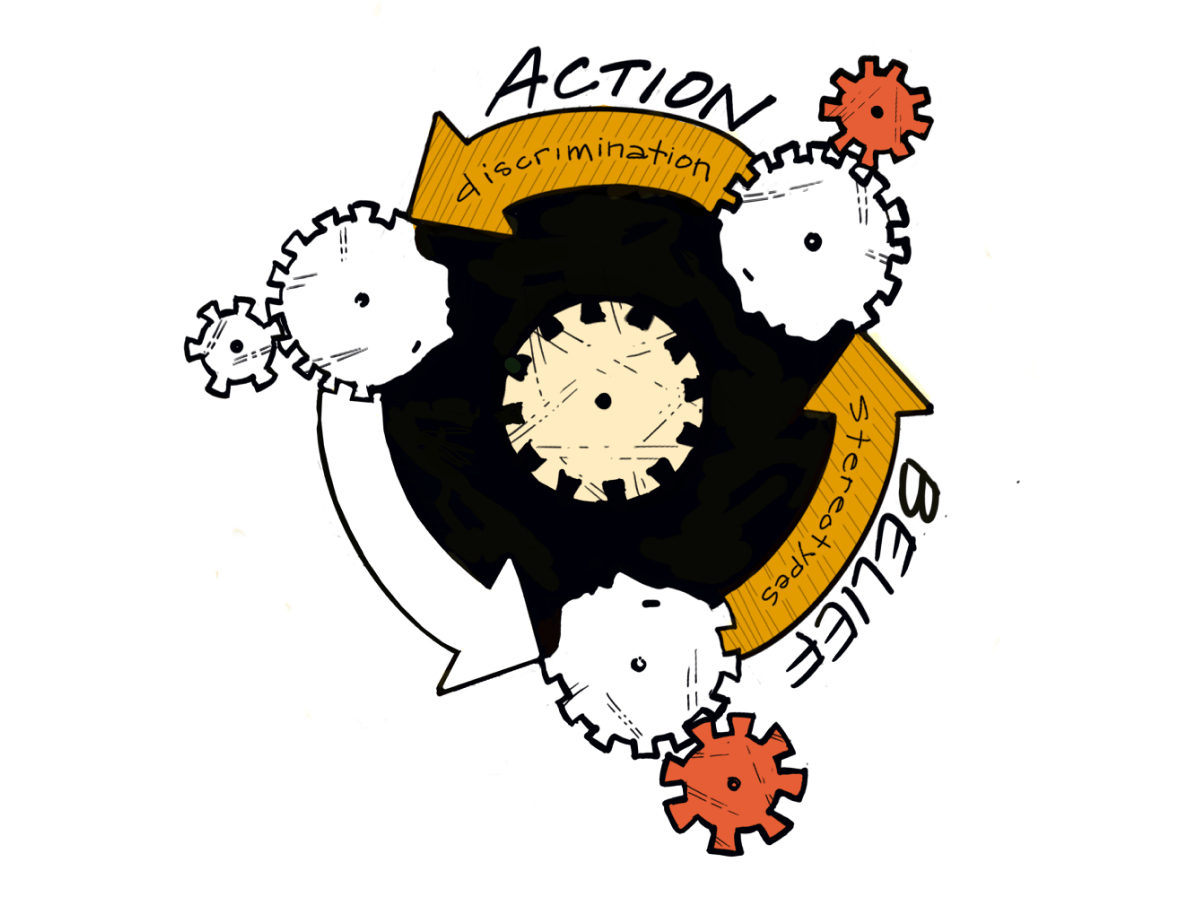
Prejudice
Prejudice is an unjustifiable (and usually negative) attitude or feeling toward a group and its members.
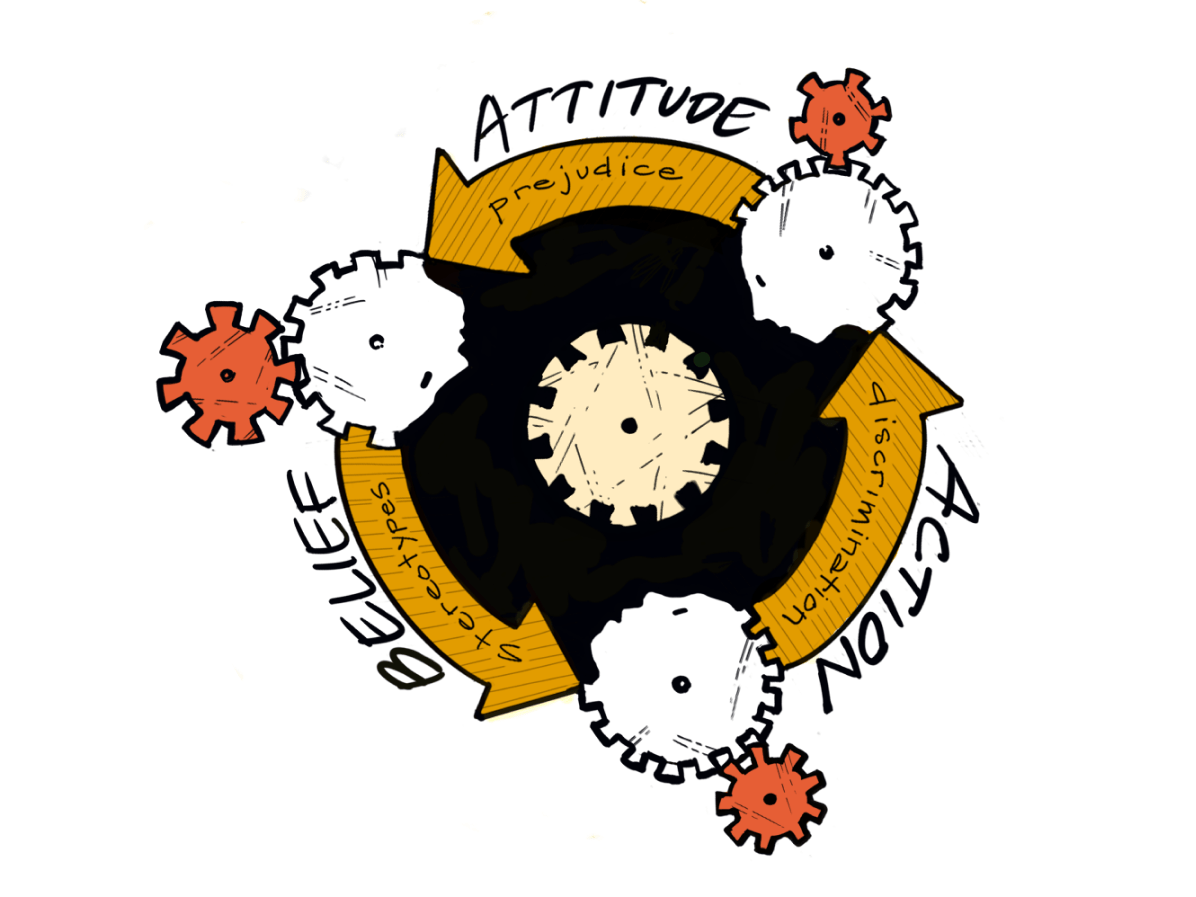
These sides to bias are all interconnected, like cogs in a wheel.
Stereotypes and prejudice lead to discrimination which, in turn, feeds back into more stereotypes and prejudice.
Even seemingly harmless beliefs in our minds can come out as the consequential and harmful behaviors that we understand as racism, sexism, antisemitism, homophobia, and many more.
When people think about racism they’re thinking about bigots. But you don’t have to have a moral failing to act on an implicit bias.
Professor of Psychology, Stanford University
Next SectionThe Science of Bias
If you’re human, you’re biased. But, the real question is: what do you do about it? Every brain develops its biases from the environment. But bias does not dictate our destiny. We can change the way we truly see ourselves and each other.
Explore